AZA, the Association of Zoos and Aquariums,has announced the recipients of its latest Conservation Grants Fund (CGF) grants, supported by the Disney Conservation Fund. The 13 AZA member-led projects will benefit from a share of almost $290,000.
AZA's CGF was first established in 1984, in order to support the cooperative conservation-related scientific and educational initiatives of AZA members and their partners. Major areas of funding for conservation and animal care are represented, including research, field conservation, education and outreach, animal welfare, animal health and animal management.
Demonstrating a commitement to conservation
“AZA-accredited facilities and individual members continue to show their commitment to conservation, despite all of the challenges they have faced this past year and a half,” says Dan Ashe, president and CEO of AZA.
“I am thankful for the wonderful support from the Disney Conservation Fund that allows us to fund so many projects each year. Congratulations to all of the recipients!”
This competitive grants program has provided over $8.2 million to 446 projects around the globe, between 1991 and 2020. This year, much of the funds for CGF and the SAFE granting programs was provided by the Disney Conservation Fund. Other funds provided for SAFE came from private donations and marketing and licensing agreements.
55 projects were proposed, with 13 of these being selected for funding in 2021. They cover a range of topics around the world and will be implemented by AZA member facilities of all sizes, and by AZA members working at non-profits, government agencies and universities. Five of the 13 benefit species supported byAZA SAFE: Saving Animals From Extinction (SAFE).
CGF recipients
There were many excellent submissions, illustrating that despite the challenges of the last 18 months, AZA members are continuing their work to help people and wildlife thrive together. The 2021 Conservation Grants Fund recipients are as follows:
- Characterization of Adult Zebra Shark Reproductive Cycles and Baseline Rates of Parthenogenesis. Kady Lyons, PhD, Georgia Aquarium, Lance Adams, DVM, Aquarium of the Pacific and Mike Murray, The Loveland Living Planet Aquarium
- Developing a Non-invasive (Fecal DNA) Genotyping Tool from Genomes for the Critically Endangered Eastern Bongo ( Tragelaphus eurycerus isaaci ). Budhan Pukazhenthi, PhD, Smithsonian National Zoo and Conservation Biology Institute, Klaus-Peter Koepfli, PhD, Smithsonian-Mason School of Conservation - George Mason University, Haw Chuan Lim, PhD, George Mason University, John Andrews, Lincoln Park Zoo and Karen Holm, DVM, George Mason University
- Documenting Breeding Success and Genetic Diversity of a Reintroduced Population of Dusky Gopher Frogs ( Lithobates sevosus ). Allison Bogisich and Sinlan Poo, PhD, The Memphis Zoo and Timothy Brooks, The US Army Corps of Engineers
- Engaging Public Aquaria to Build an Open-Source Marine Fish Egg Catalog. Barbara Bailey, New England Aquarium, Andrew Rhyne, PhD, Roger Williams University and Kylie Lev, Steinhart Aquarium, California Academy of Sciences
- Enhancing SMART Capacity to Improve Management Effectiveness and Conservation Outcomes in Zambia's National Protected Area Network. Drew Cronin, PhD, North Carolina Zoo
- Expanding the Regional Impact of the Coexistence Co-op. Darcy Ogada, PhD, The Peregrine Fund and Alayne Cotterill, PhD, Lion Landscapes
- Ex Situ Management and Population Monitoring for the Endangered Dakota Skipper in Canada. Stephen Petersen, PhD and Laura Burns, Assiniboine Park Conservancy
- Further Development of a Noninvasive Fecal Profile to Monitor and Assess Health in Endangered African Penguins. Maureen Driscoll, PhD, Tracy Romano, PhD, and Allison Tuttle, DVM, Diplomate ACZM, Sea Research Foundation Inc d/b/a Mystic Aquarium
- Satellite Telemetry and Remote Sensing for Land Use Planning and Grevy’s Zebra Conservation in Northern Kenya. Sheila Funnell and Belinda Low, Grevy's Zebra Trust and Martha Fischer, Saint Louis Zoo
- Seasonal Reproductive Health Assessments of In Situ Sand Tiger Sharks ( Carcharias taurus ) to Develop a Seasonally Appropriate Health Database for Ex Situ Populations. Michael Hyatt, DVM, New York Aquarium, Emily Christiansen, DVM, MPH, Diplomate ACZM, North Carolina Aquariums and Linda Penfold, PhD, South-East Zoo Alliance for Reproduction & Conservation
- Understanding the Roles of Behavior and Physiology on the Survival of Reintroduced Swift Foxes. Nucharin Songsasen, PhD, Hila Sharmon, PhD, and Melissa Songer, PhD, Smithsonian's National Zoo & Conservation Biology Institute
- Using Satellite Telemetry to Assess Movement and Behavioral Patterns of Cold Stunned Sea Turtles that Strand in New England and are Released off Florida’s East Coast. Debborah Luke, PhD, and Ashley Riese, The Florida Aquarium
- Vaccination of Last Remaining Population of Riparian Brush Rabbits ( Sylvilagus bachmani riparius ) against Rabbit Hemorrhagic Disease Virus (RHDV) in Central California. Darren Minier and Alex Herman, DVM, Oakland Zoo
This year AZA,the Association of Zoos and Aquariums, held its annual conference online once more, due to the continuing challenges presented by the global pandemic in 2021.
Charlotte Coates is blooloop's editor. She is from Brighton, UK and previously worked as a librarian. She has a strong interest in arts, culture and information and graduated from the University of Sussex with a degree in English Literature. Charlotte can usually be found either with her head in a book or planning her next travel adventure.
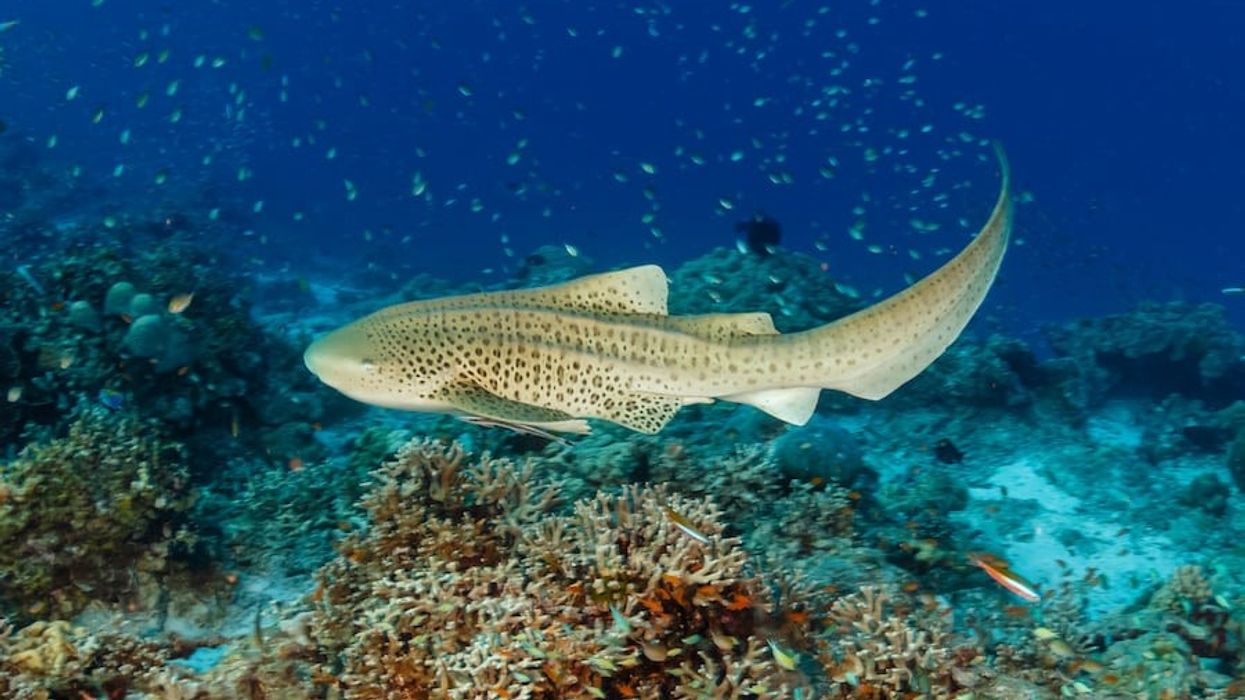

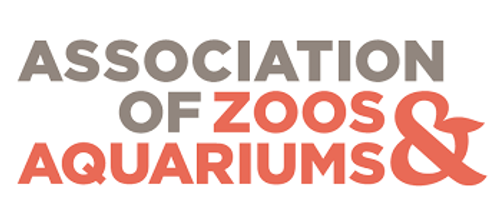
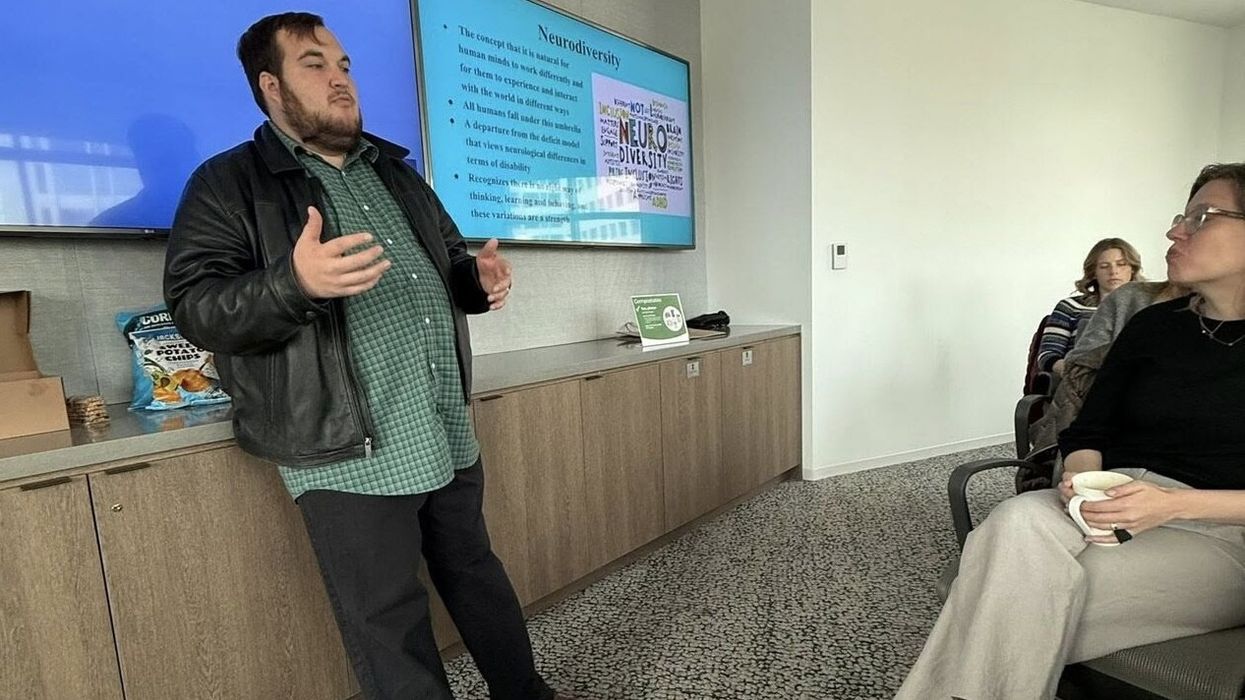
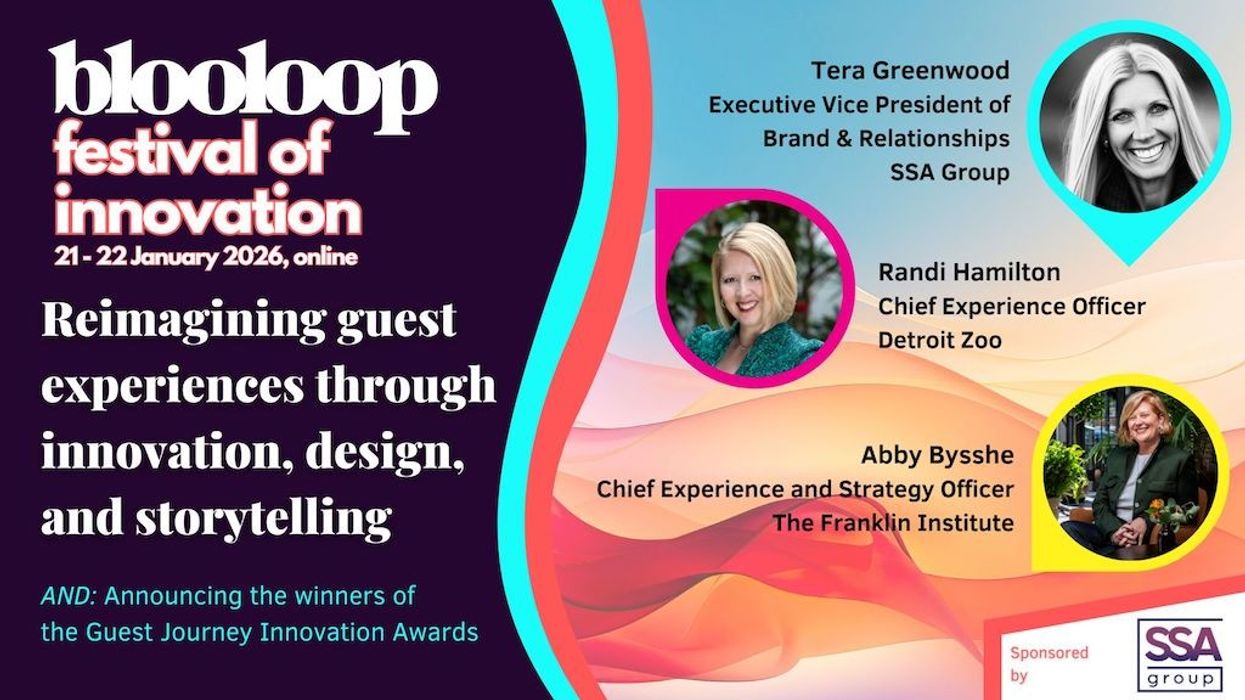
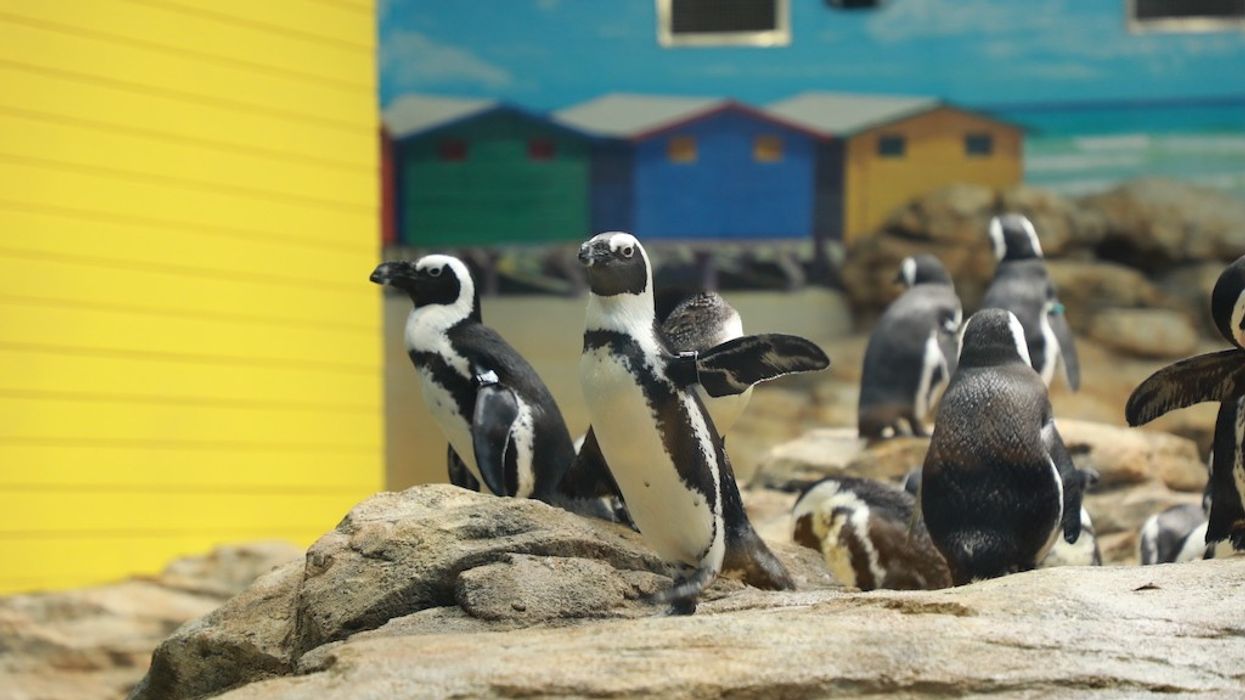
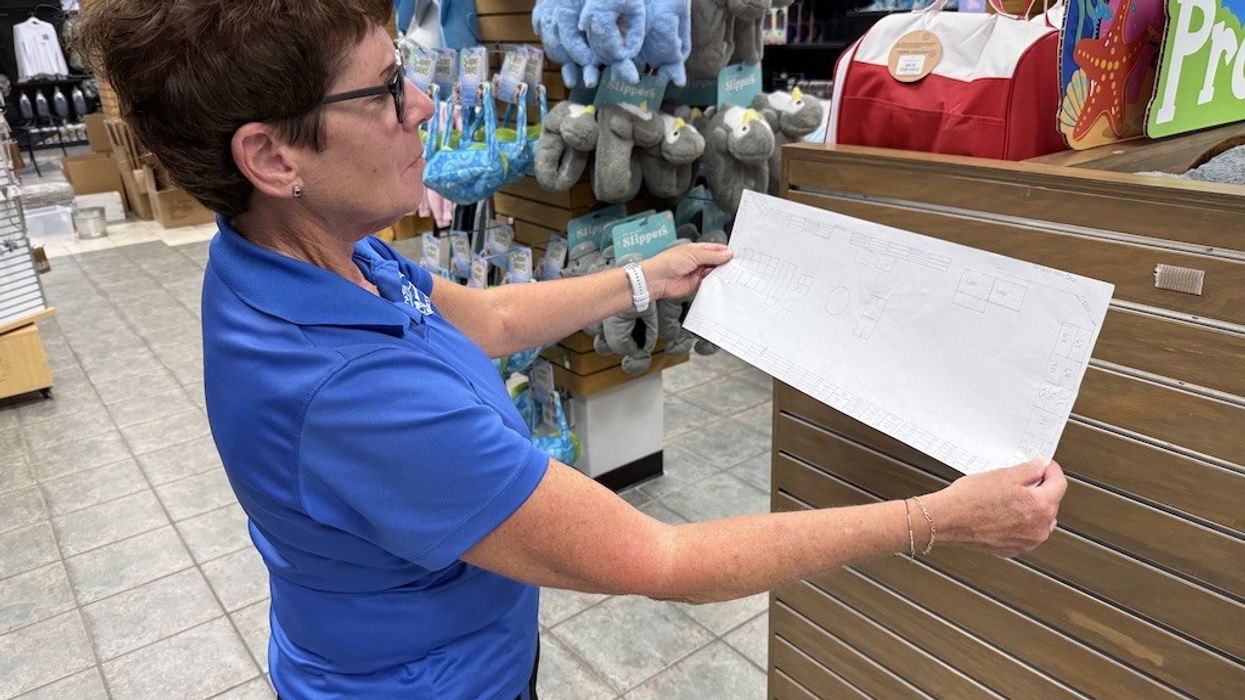
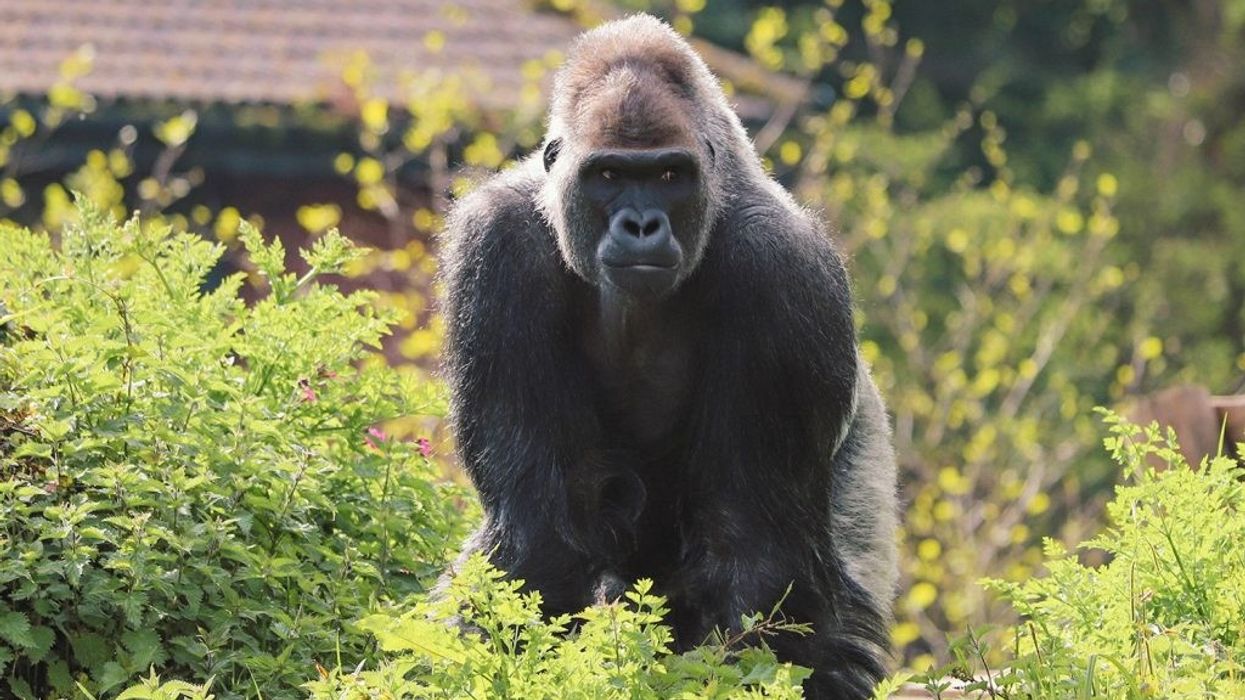
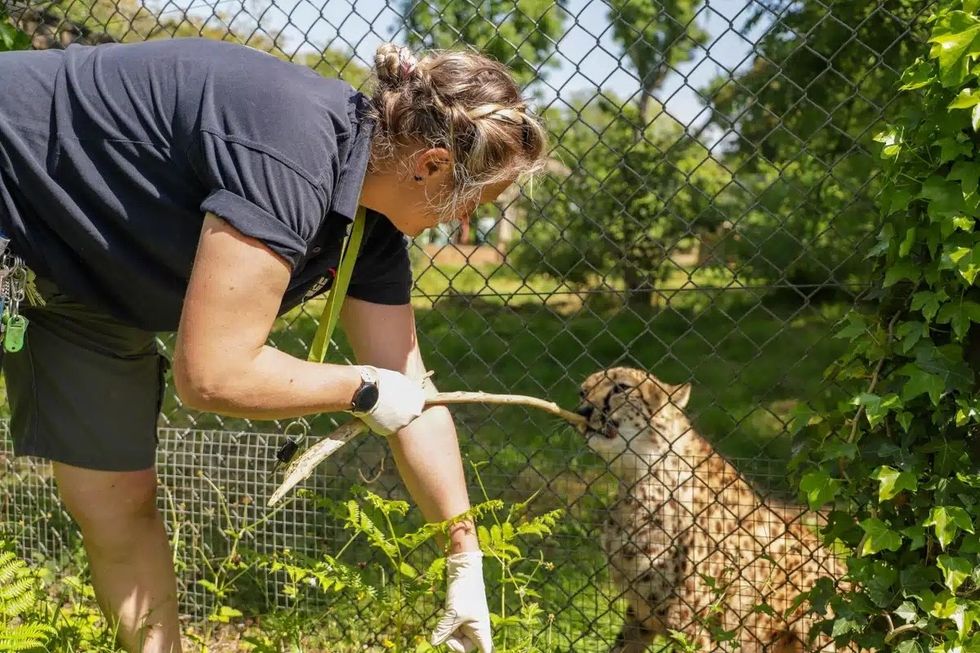

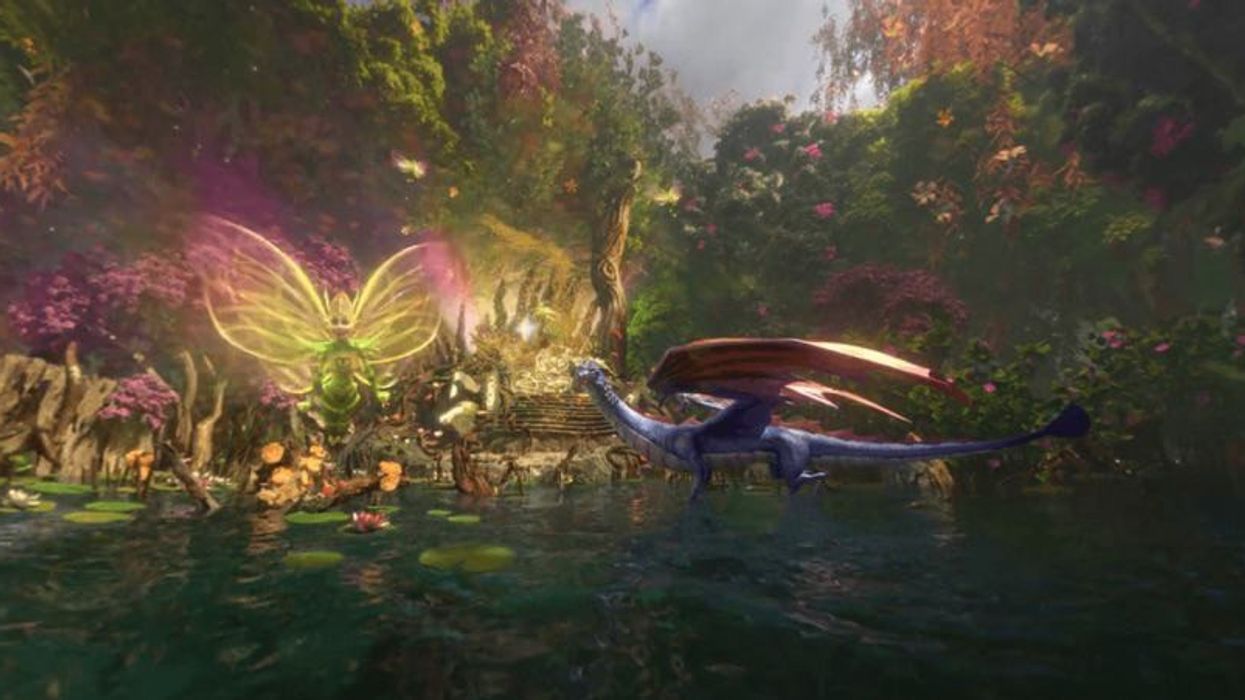

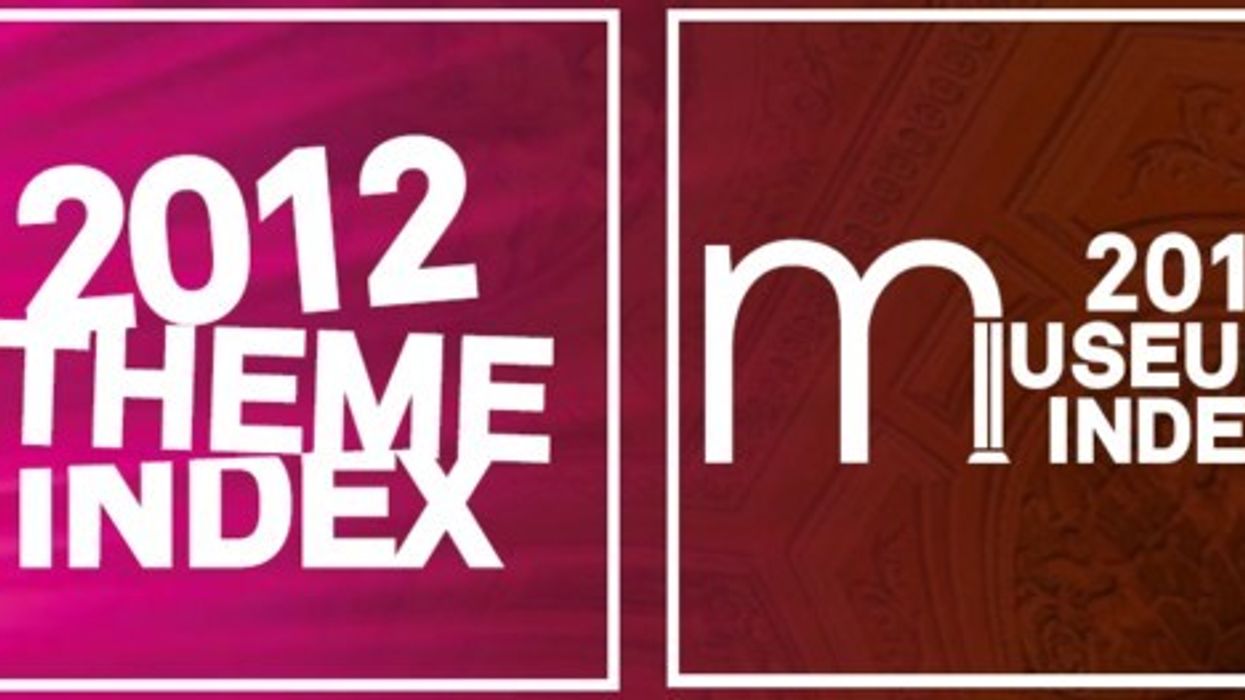
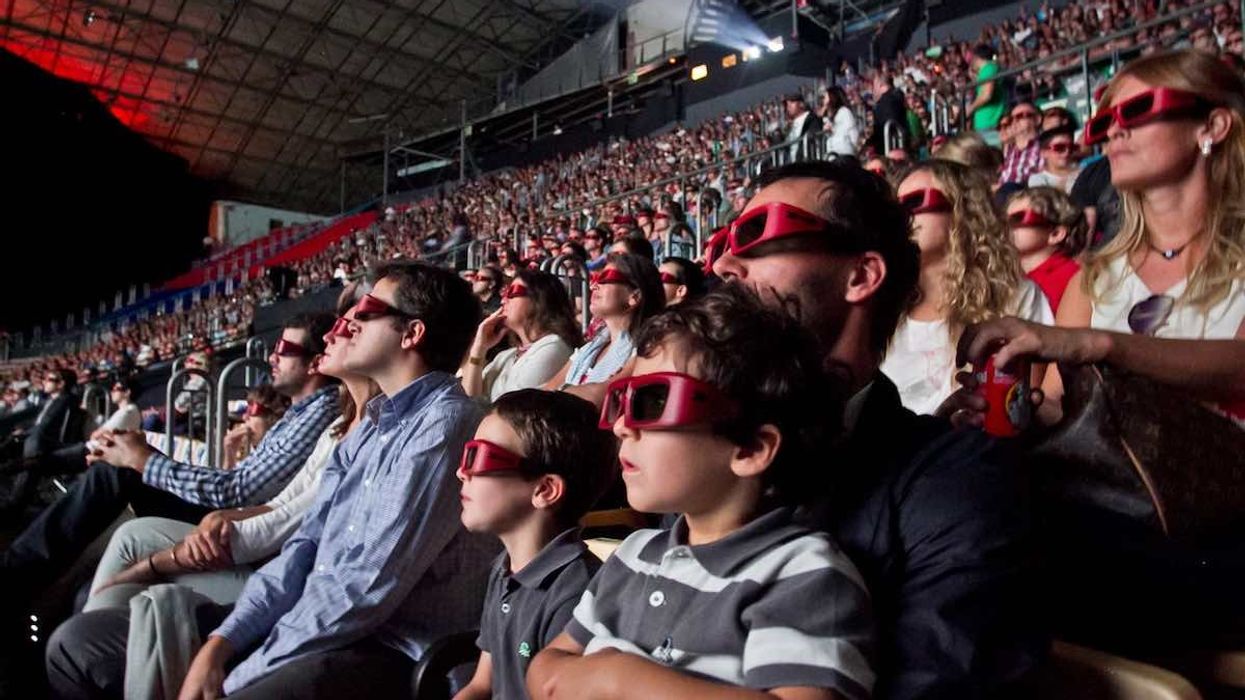

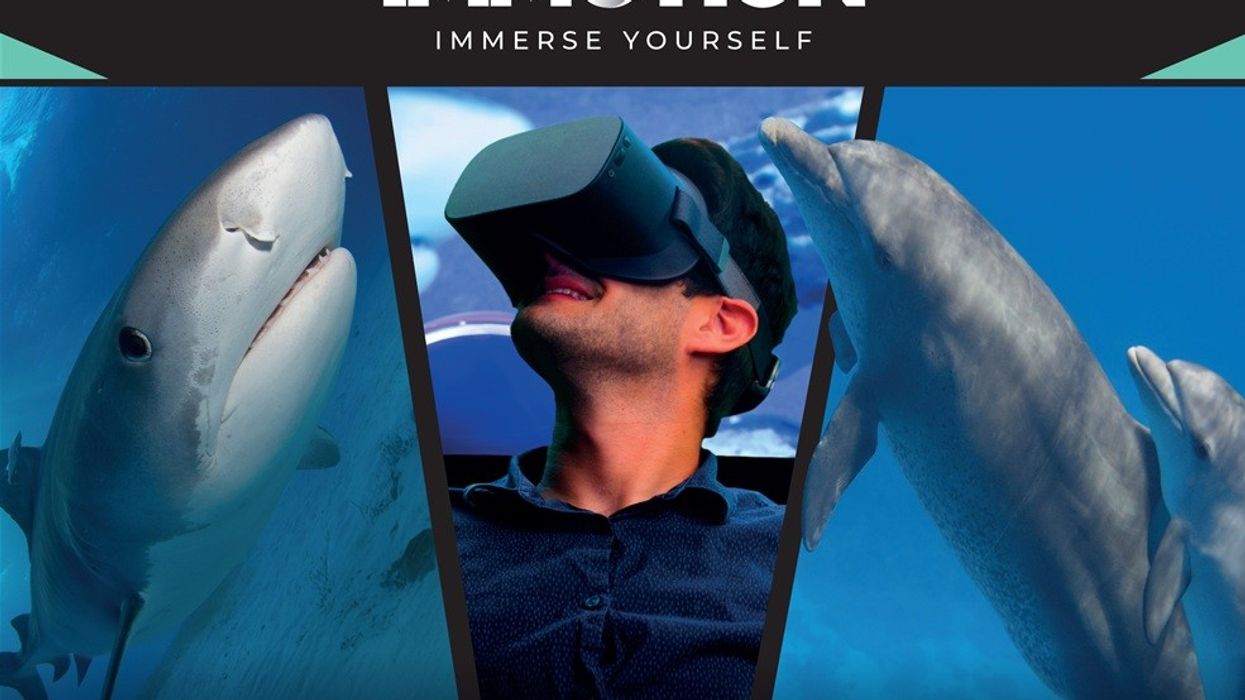
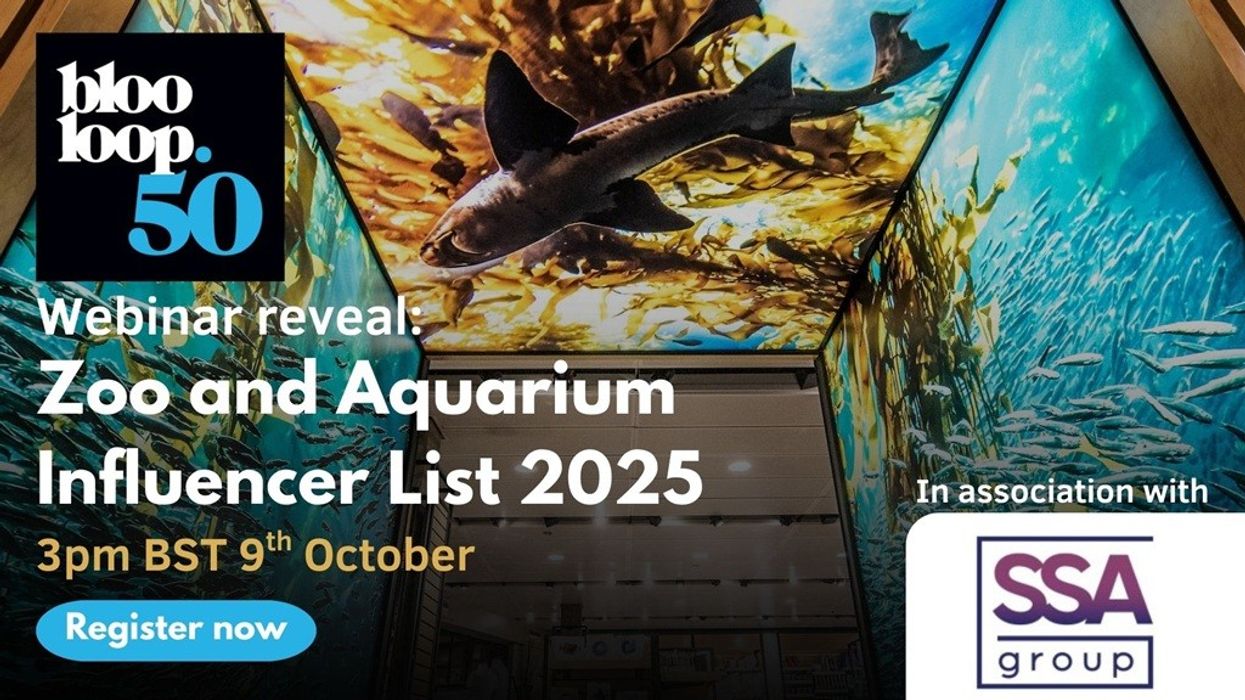

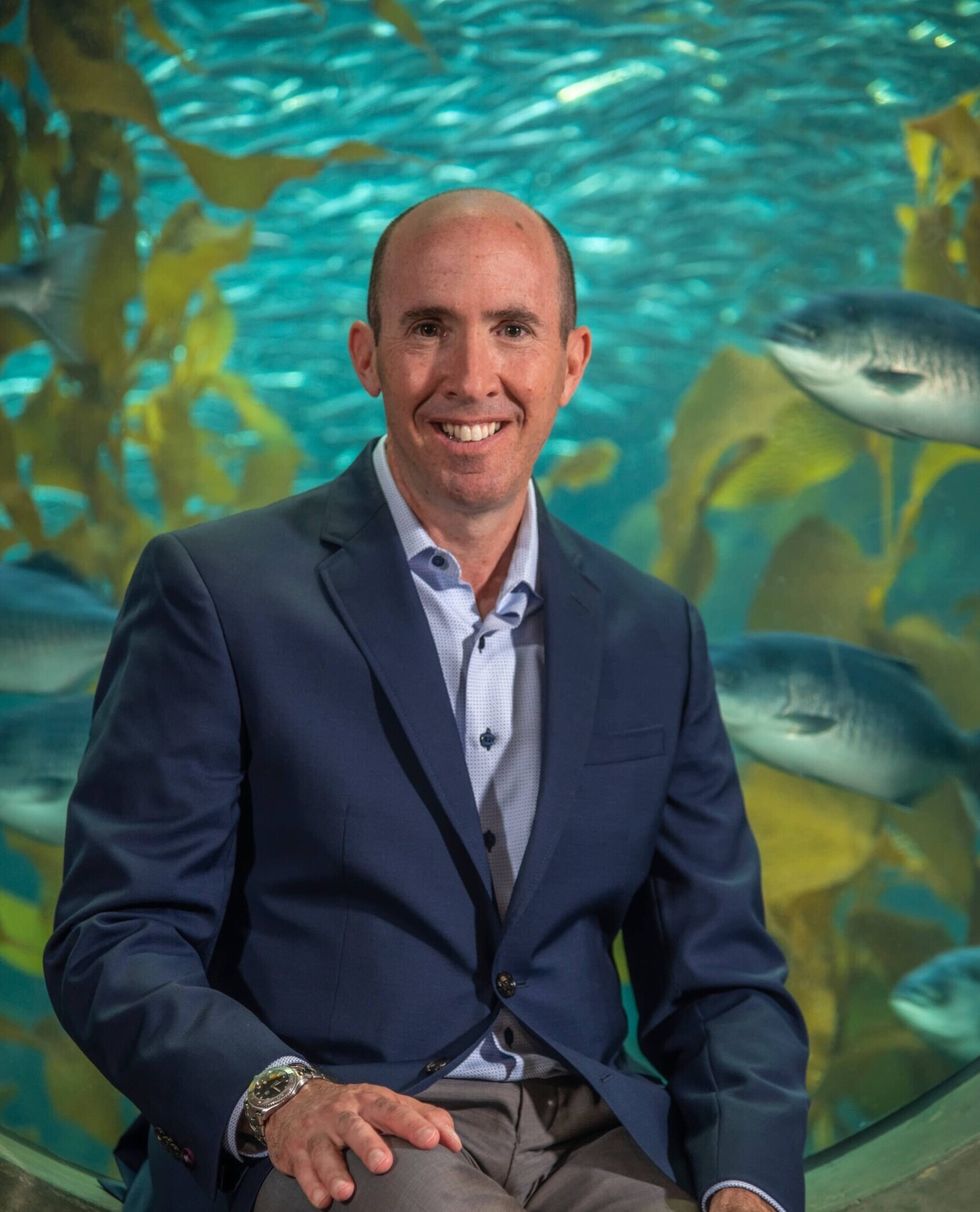 David Rosenberg, Vice President of Guest Experience
David Rosenberg, Vice President of Guest Experience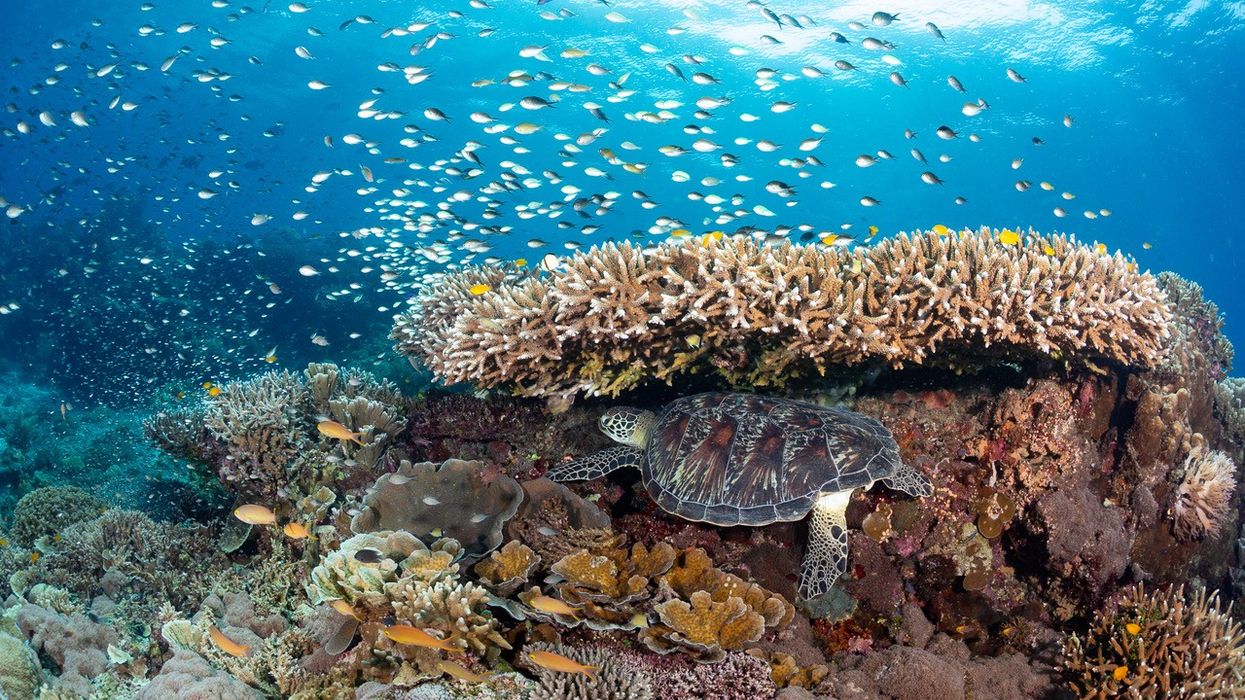
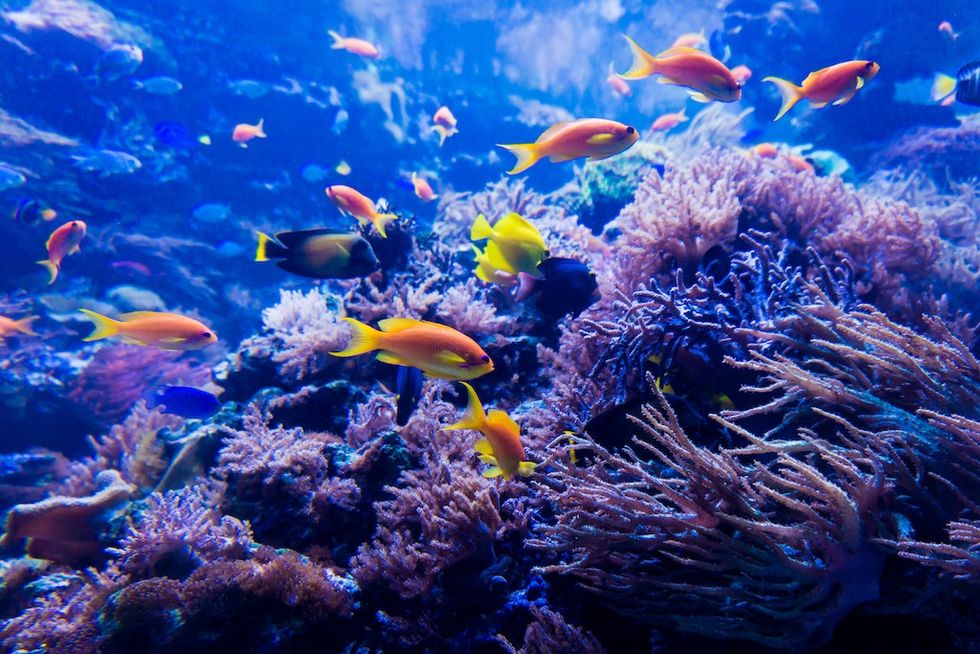
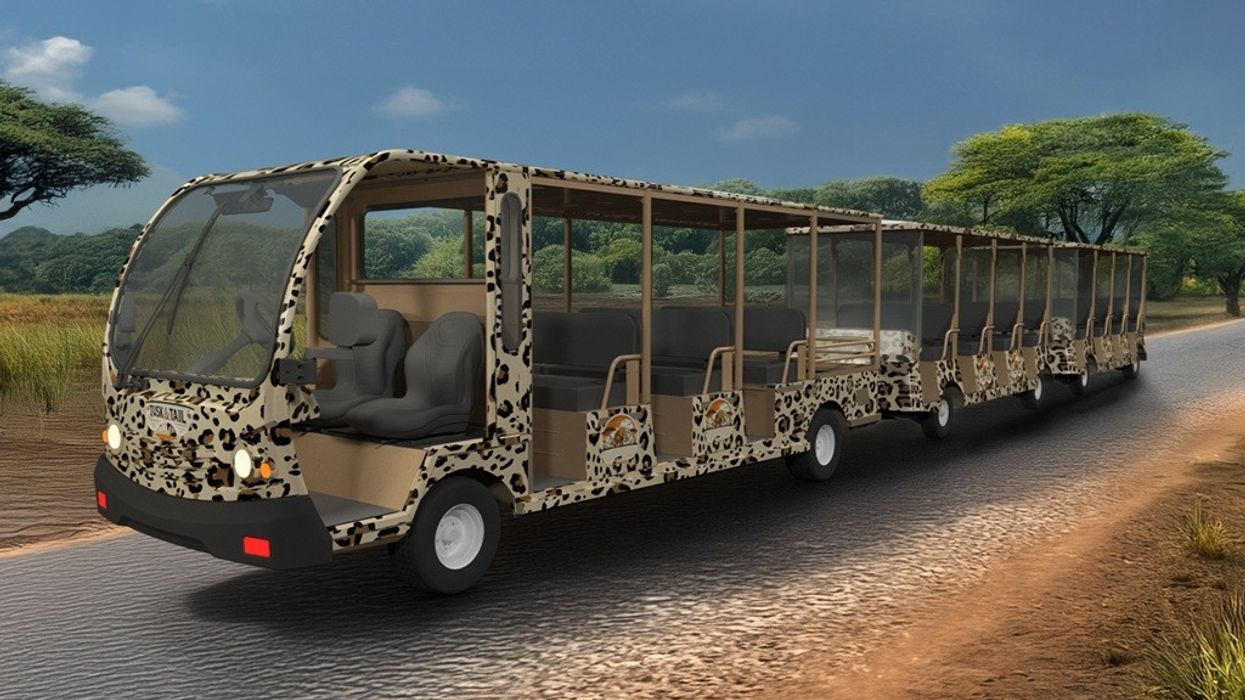
 The Solar Shuttle
The Solar Shuttle The 9000ST Series
The 9000ST Series